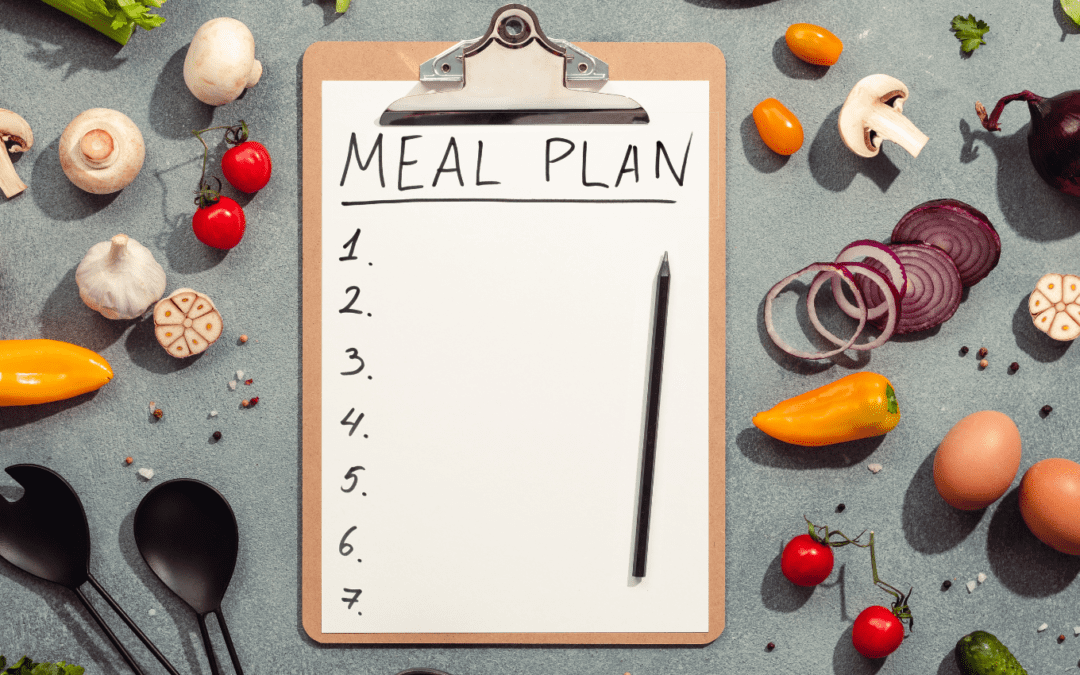How’s the healthy eating New Year Resolutions going? Did you start off something like: ‘I’ll eat better this year’? Most of us start by cutting out the bad stuff, and that can be a challenge.
What if you looked at it a different way? Instead of cutting things out – start adding things in! You can start by giving your body, including your naturally occurring gut bacteria, what they need to thrive.
Our gut bacteria need prebiotics to ‘do their thing’ – to create vitamins and other essential bits and bobs to support all parts of our bodies. Prebiotics are the fuel, the fertiliser, the food that our gut bacteria need. So let’s give them what they want!
Small changes, big benefits.
It’s an exciting time in food and health science. Every year we learn more about how our gut health effects our overall mental and physical health.
The International Scientific Association for Probiotics and Prebiotics are paving the way by generating top-quality scientific information for the probiotic and prebiotic fields.
What is known for sure is the role of prebiotics in maintaining a healthy gut. Prebiotics are types of carbohydrates and fibre which feed our good gut bacteria. It’s super easy to increase your intake of prebiotic food. There are lots of options when it comes to feeding your good gut bacteria. Most fruit or veg, nuts, seeds, legumes and lots of other common foods. The tricky bit can be including enough of them in your diet.
THREE TOP TIPS TO EAT MORE PREBIOTICS - THE EASY WAY
MEAL PLANNING
Having a plan saves you money, time, stress AND can help you eat better. It’s easier to be mindful about what you eat when you meal plan. When you plan your meals, you get a bird’s eye view of your diet. Visibility is a great way to make small adjustments.
Having a list of meal options at the ready just makes life easier. And you can see at a glance how healthy, or not, your food choices are. Lots of beige on the menu? Add in some veggies or other prebiotic foods. It can get you thinking differently about your meal planning.
As you get a few weeks into your meal planning routine, you’ll probably find you have a few favourite dishes. That just makes life easier. Plan in a few favs and add in a few new things around those or quicker dishes in the week.
CUPBOARD ESSENTIALS
Having a cheeky microwave pasta because you’re tired and can’t be bothered to cook? Sling in some sweetcorn, capers and olives and voilà. It’s better than it was! Or do you just fancy pumping up the prebiotic content of your everyday meals?
There are lots of prebiotic food with a long shelf life, so they’re a great addition to pump up the prebiotic content of your everyday meals. Build up your prebiotic and probiotic food knowledge and keep a good stock at home or work. You can add things like dried fruit, herbs and spices, nuts, nut butter, tinned veg, seeds and fermented sauces to your cupboard.
FIBRE AWARE
If you’re torn between two products, check out the sugar and fibre content. High fibre, low sugar. Winner. A great way to pick snacks. Fibre is something most of us lack in our diet and is where lots of prebiotics can be found.
The current recommendation as listed by the British Heart Foundation is that adults should eat 30g of fibre a day. Currently, average intakes are around 20g a day, so most of us have a long way to go. To reach 30g, make sure that as well as choosing higher-fibre options at meals, your snacks are rich in fibre too.
FIND THIS INFO USEFUL?
If you want information like this delivered to your door each month along with hand-picked snacks, drinks and other food then order your box here.


Recent Comments